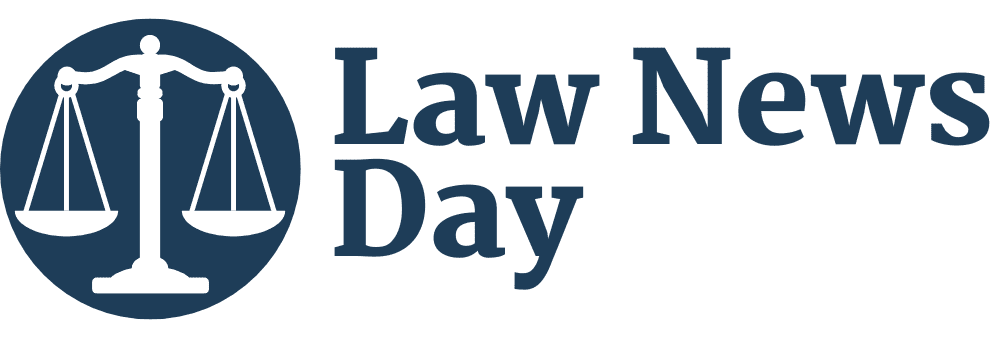A column by Felicity Gerry KC.
Over 30 years ago I was in the House of Lords, the highest court in England and Wales, before it moved across the road to become the Supreme Court of the United Kingdom. I was there when arguments were being presented to their Lordships over misleading labelling under the Consumer Protection Act. At the time it made my tummy rumble. Now I wonder if it was the inspiration for my work on modern slavery. That case was about food labelling where regulatory compliance can include a very wide range of products and language: Claims about a product’s capabilities or endorsements that are not true, hiding crucial details like the true ingredients, origin, or necessary safety information, labelling a product with a specific ingredient when it doesn’t contain it, or is significantly different, and exaggerating or making unsupported claims about health or nutritional benefits, can all lead to litigation.
In Australia, where I have now also worked for over 13 years, recent headlines have focused on modern slavery and actions targeting major retailers like Kmart which faces legal action from the Australian Uyghur Tangritagh Women’s Association (AUTWA). The group alleges Kmart sourced goods from regions where forced labour is prevalent.
Consumer protection for lack of due diligence over food and accountability for modern slavery in supply chains operate under distinct legal paradigms. Food due diligence is primarily concerned with protecting consumer health and safety by ensuring that products meet mandatory safety, labelling, and quality standards; failures usually trigger regulatory enforcement, recalls, or compensation for direct harm.
Modern slavery is currently more about assessing or addressing corporate responsibility to prevent forced labour and exploitation within complex, global supply chains, not necessarily causing direct consumer harm but where there are human rights abuses potentially hidden far from the retail endpoint. Where food regulation is typically strict, prescriptive, and responsive to consumer complaints, modern slavery compliance relies on transparency, reporting obligations, and ethical conduct, with consequences for non-compliance often involving reputational damage and some regulatory penalties.
The Kmart case follows similar scrutiny in the and World Uyghur Congress case in England, around importations from regions flagged for widespread forced labour. In those cases, we, as lawyers, are following with interest, to see how victims of modern slavery might be able to successfully claim against a major multinational at the top of a supply chain where they have been exploited by a supplier who is not even a subsidiary.
Modern slavery laws encourage, and in some jurisdictions mandate, that corporates assess and address and report on efforts to identify modern slavery in their supply chains. These reports may reveal where companies have failed to meet reporting obligations, misrepresented their actions, or have undisclosed risks in their supply chains, which can be used to demonstrate a lack of care or engagement by a company, leading to litigation.
A failure to meet reporting obligations under the UK’s Modern Slavery Act 2015 or the Australian Modern Slavery Act 2018 which both catch major global multinationals, not merely those based in the UK or Australia, can result in reputational damage, potential injunctions and a removal from the ability to be involved in government procurement. Misleading statements may be a regulatory failure, especially if it relates to ESG issues where, there have been significant fines for what is now known as ‘greenwashing’.
If a company’s Modern Slavery Statement contains false or misleading information about their supply chain practices, this can lead to litigation from stakeholders who relied on the statement to assess a company’s risk profile. As companies increase transparency through these reports, risks of modern slavery in their supply chains may be exposed. Groups or individuals affected by these risks can then seek redress.
The Kmart and WUC cases illustrate how legal mechanisms are expanding into areas traditionally marked by legal complexity. In the mining sector, for instance, children are sometimes conscripted, into mining work, often far from public view. Mining is notorious for opaque, poorly regulated supply chains, making it difficult to trace whether methods were ethical or with exploitative labour and it is obviously difficult for victims to be located and supported to take litigation.
The implication for global retailers and corporations with complex international supply chains is clear: merely disclaiming knowledge or responsibility is no longer a defensible position. As courts and lawmakers increasingly favour transparency and remediation over ignorance or disengagement, the legal exposure for companies grows. The lesson from the Kmart and WUC cases is that all industries with histories of exploitation, including mining, face escalating risks if opaque supply chain practices result in harm to vulnerable individuals. As the legal landscape changes, companies cannot be hands off in the face of supply chain exploitation. These issues have also been identified in the luxury scent market and, chocolate companies have been named in lawsuits and Apple and Google have been sued for injuries to children in mining.
The sensible corporate legal approach, rather than wait for litigation, is not merely to sever ties with a supplier engaging in labour abuses but to proactively remedy what is found, minimising further harm to vulnerable workers and creating a reputation that responsibility can be taken without loss of sales. As judicial and civil society attention sharpens, it is foreseeable that redress will be sought not only from direct employers but from international agents and end retailers benefitting from these supply chains, so human rights become a commercial problem where remedy has to be translated to reliable.
Before recent calls for more prescriptive laws to tackle modern slavery, three years ago, I wrote that, at the very least, supply chain assessment should be the subject of quality management – auditing the people in the same way as the product. Not buried in ‘procurement’ or ‘health and safety’ but taking an all of company approach before vulnerability to legal action develops or at the very least mitigating the damage. It is food for thought.










